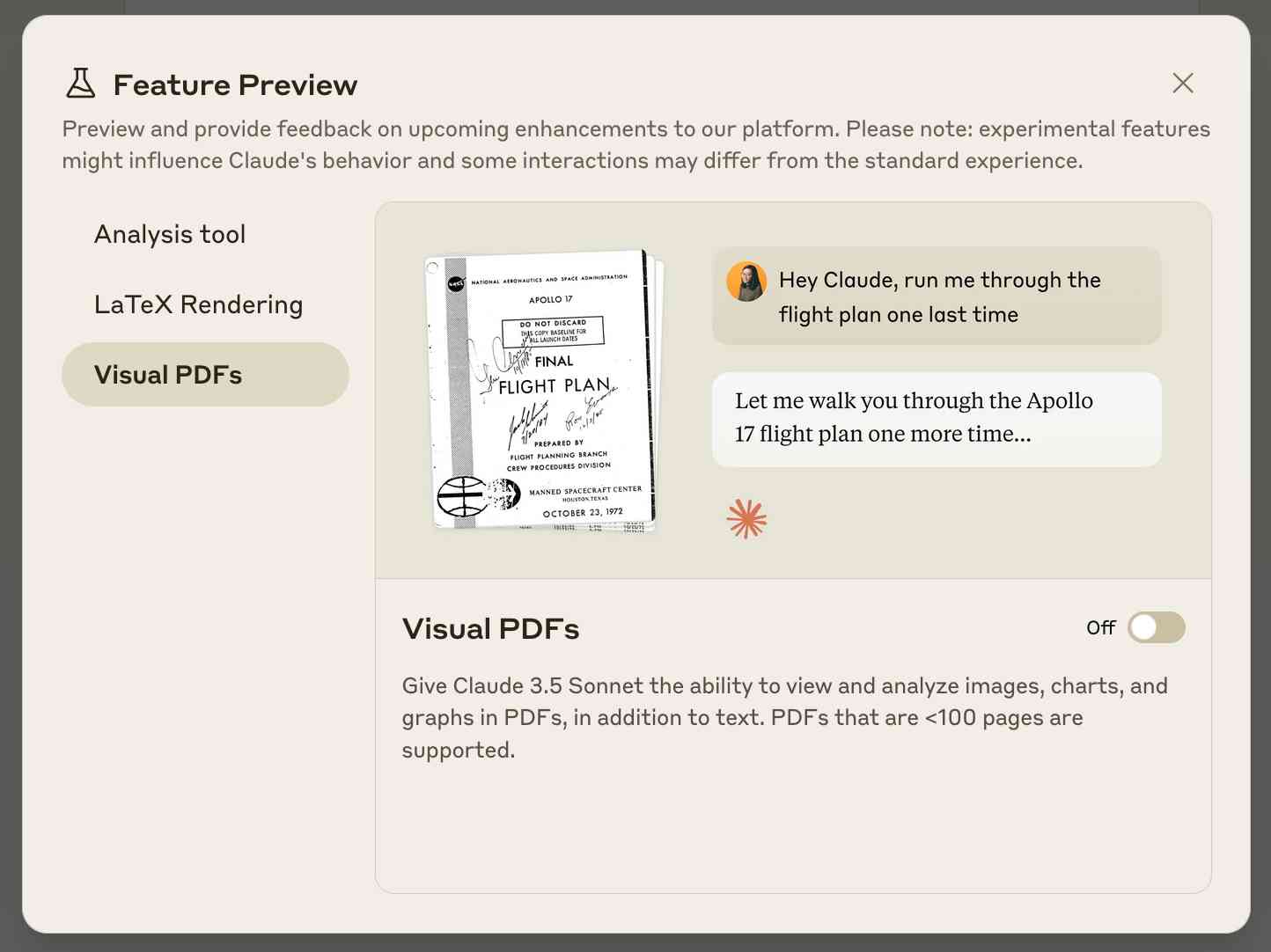Friday, 1st November 2024
Control your smart home devices with the Gemini mobile app on Android (via) Google are adding smart home integration to their Gemini chatbot - so far on Android only.
Have they considered the risk of prompt injection? It looks like they have, at least a bit:
Important: Home controls are for convenience only, not safety- or security-critical purposes. Don't rely on Gemini for requests that could result in injury or harm if they fail to start or stop.
The Google Home extension can’t perform some actions on security devices, like gates, cameras, locks, doors, and garage doors. For unsupported actions, the Gemini app gives you a link to the Google Home app where you can control those devices.
It can control lights and power, climate control, window coverings, TVs and speakers and "other smart devices, like washers, coffee makers, and vacuums".
I imagine we will see some security researchers having a lot of fun with this shortly.
Lord Clement-Jones: To ask His Majesty's Government what assessment they have made of the cybersecurity risks posed by prompt injection attacks to the processing by generative artificial intelligence of material provided from outside government, and whether any such attacks have been detected thus far.
Lord Vallance of Balham: Security is central to HMG's Generative AI Framework, which was published in January this year and sets out principles for using generative AI safely and responsibly. The risks posed by prompt injection attacks, including from material provided outside of government, have been assessed as part of this framework and are continually reviewed. The published Generative AI Framework for HMG specifically includes Prompt Injection attacks, alongside other AI specific cyber risks.
— Question for Department for Science, Innovation and Technology, UIN HL1541, tabled on 14 Oct 2024
Claude API: PDF support (beta) (via) Claude 3.5 Sonnet now accepts PDFs as attachments:
The new Claude 3.5 Sonnet (
claude-3-5-sonnet-20241022) model now supports PDF input and understands both text and visual content within documents.
I just released llm-claude-3 0.7 with support for the new attachment type (attachments are a very new feature), so now you can do this:
llm install llm-claude-3 --upgrade
llm -m claude-3.5-sonnet 'extract text' -a mydoc.pdf
Visual PDF analysis can also be turned on for the Claude.ai application:

Also new today: Claude now offers a free (albeit rate-limited) token counting API. This addresses a complaint I've had for a while: previously it wasn't possible to accurately estimate the cost of a prompt before sending it to be executed.
From Naptime to Big Sleep: Using Large Language Models To Catch Vulnerabilities In Real-World Code (via) Google's Project Zero security team used a system based around Gemini 1.5 Pro to find a previously unreported security vulnerability in SQLite (a stack buffer underflow), in time for it to be fixed prior to making it into a release.
A key insight here is that LLMs are well suited for checking for new variants of previously reported vulnerabilities:
A key motivating factor for Naptime and now for Big Sleep has been the continued in-the-wild discovery of exploits for variants of previously found and patched vulnerabilities. As this trend continues, it's clear that fuzzing is not succeeding at catching such variants, and that for attackers, manual variant analysis is a cost-effective approach.
We also feel that this variant-analysis task is a better fit for current LLMs than the more general open-ended vulnerability research problem. By providing a starting point – such as the details of a previously fixed vulnerability – we remove a lot of ambiguity from vulnerability research, and start from a concrete, well-founded theory: "This was a previous bug; there is probably another similar one somewhere".
LLMs are great at pattern matching. It turns out feeding in a pattern describing a prior vulnerability is a great way to identify potential new ones.